Describe the Differences Between Sunspots and Solar Flares
What is the difference between sunspot and solar flare. Solar flares are relatively small and local taking place in the low solar atmosphere near sunspots where magnetic field lines are concentrated.
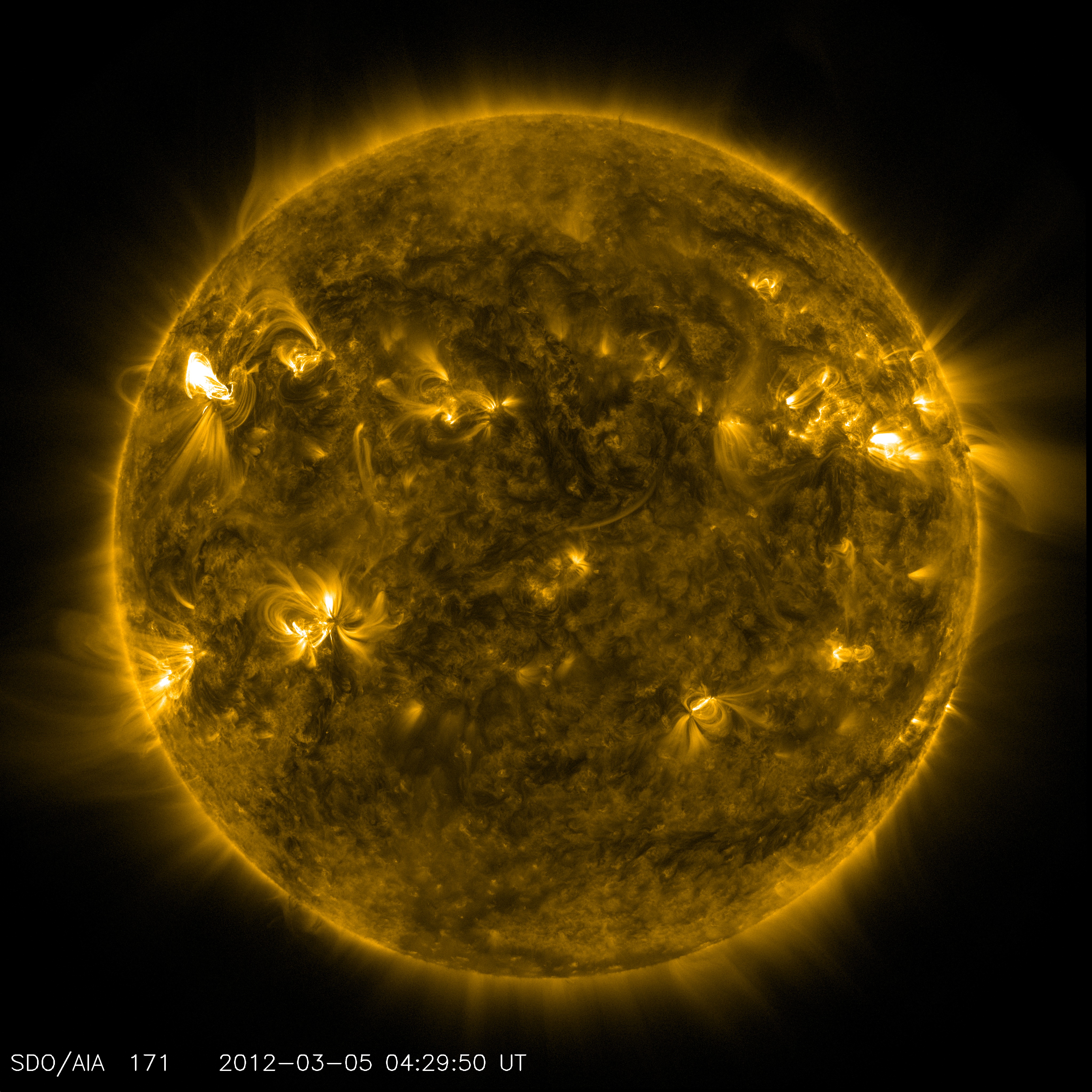
Sunspots And Solar Flares Nasa Space Place Nasa Science For Kids
Describe one difference between prominences and solar flares.

. Answer 1 of 4. Sunspots are dark areas on the surface of the Sun that are cooler than surrounding areas. They are created from the suns magnetic field that rises up to the photosphere surfa.
Appears as a loop. A CME is often immediately followed by a solar flare. A sun spot is a dark patch on the sun that has a temperature of roughly 4000 K.
Sunspots are dark areas on the surface of the Sun that are cooler than surrounding areas. A solar flare is a. CMEs also tend to primarily occur at active regions such as where sunspots are grouped together.
Solar Flares are powerful bursts of electromagnetic energy in the Suns atmosphere. Flares happen in active regions near sunspots and occur when magnetic energy stored in the Suns corona is suddenly released. Flares are much shorter and last for a few seconds to a few.
They can even be bigger than the sun itself. Prominence refers to a bright relatively dense cloud of ionized gas that can be seen in the chromosphere. Solar flares are sudden eruptions of energy from a small area of the Suns surface.
Sunspot areas have strong magnetic field. A prominence is a loop of relatively cool incandescent gas while a solar flare is an explosive release of energy. Solar flares are a sudden explosion of energy caused by tangling crossing or reorganizing of magnetic field lines near sunspots.
They appear in groups vary in size and cycle in number over an 11-year period. Solar prominences and solar filaments are the same structure seen from different angles. Those fire works are solar flares and they are above sunspots.
If you see it darken the face of the su. The surface of the Sun is a very busy place. They appear dark because they are cooler than other parts of the Suns surface.
Occasionally the strong magnetic field in a sunspot is overly twisted and decides to fire up like fire works. Sunspot activity generally follows an 11-year cycle called the sunspot cycle A solar flare is a violent eruption of plasma from the chromosphere of the Sun. Solar flares are sudden eruptions of energy from a small area of the Suns surface.
The suns surface temperature is roughly 5800 K and the spot can be as large as the Earth Venus or Jupiter. To describe the differences between sunspots and solar flares a sunspot is a darker area on the surface of the sun. Sunspots are areas that appear dark on the surface of the Sun.
The Sun we observe every day appears constant and quiescent dependably providing the planet with the energy necessary to maintain life. CMEs on the other hand are absolutely huge. Solar flares release huge amounts of high-energy particles and gases and are tremendously hot from 36 million to 24 million F.
Sunspots range from Earth-size pimples to swollen scars halfway across the surface. Answer 1 of 4. They appear in groups vary in size and cycle in number over an 11-year period.
However the occasional dark blemishes on its face. A solar flare is a magnetic storm on the Sun which appears to be a very bright spot and a gaseous surface eruption. A solar flare is primarily an energy release.
The main difference between solar flares and coronal mass ejections CMEs is the scale on which they occur. The strongest flares are almost always correlated with coronal mass ejections but they emit different things they look and travel differently and they have different effects near planets. The strong magnetic field suppresses the release of heat into the photosphere making sunspots cooler than their surrounding areas.
Solar Flares Prominences the Solar Wind and Coronal Mass Ejections. They are extremely hot 10 to 20 million degrees Celsius and extend into the corona. They are extremely hot 10 to 20 million degrees Celsius and extend into the corona.
Dark area around the sun. Distinguishing between Sunspots Solar Flares and Prominences will be. Sunspots last for a bit shorter than a day to several days.
Flares produce electromagnetic radiation but only some of the energy released is within the range of visible light meaning that the majority of a solar flare is not actually visible to the naked eye. The same amount of energy as 1 billion megatons of TNT. Extends into the corona.
They are streams of material launched by the suns magentic field into arcs. Solar Flares and Coronal Mass Ejections. If you see them along the edge of the suns disk then its a prominence.
The sunspot is spots of the Sun while solar flare is the ray of the Sun. One major solar flare can release 1 1025 joules of energy ie. A solar flare as defined by NASA is an intense burst of radiation that results from the release of magnetic energy associated with the.
The Difference Between Flares and CMEs NASA. It is caused by cooler temperatures due to the concentration of magnetic.
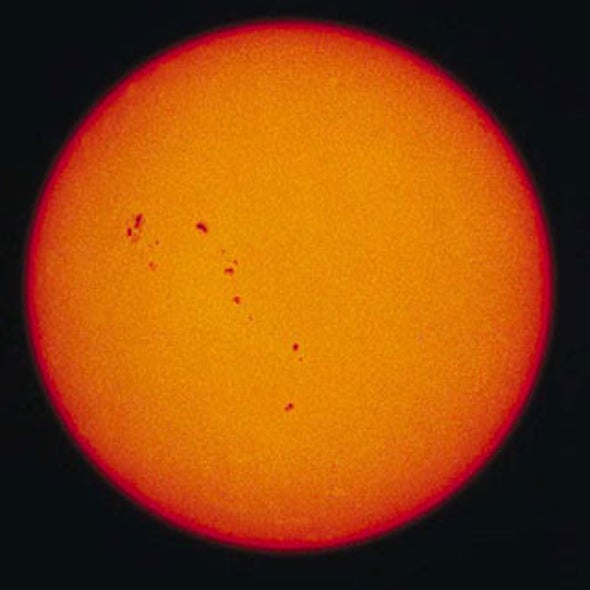
The Role Of Sunspots And Solar Winds In Climate Change Scientific American
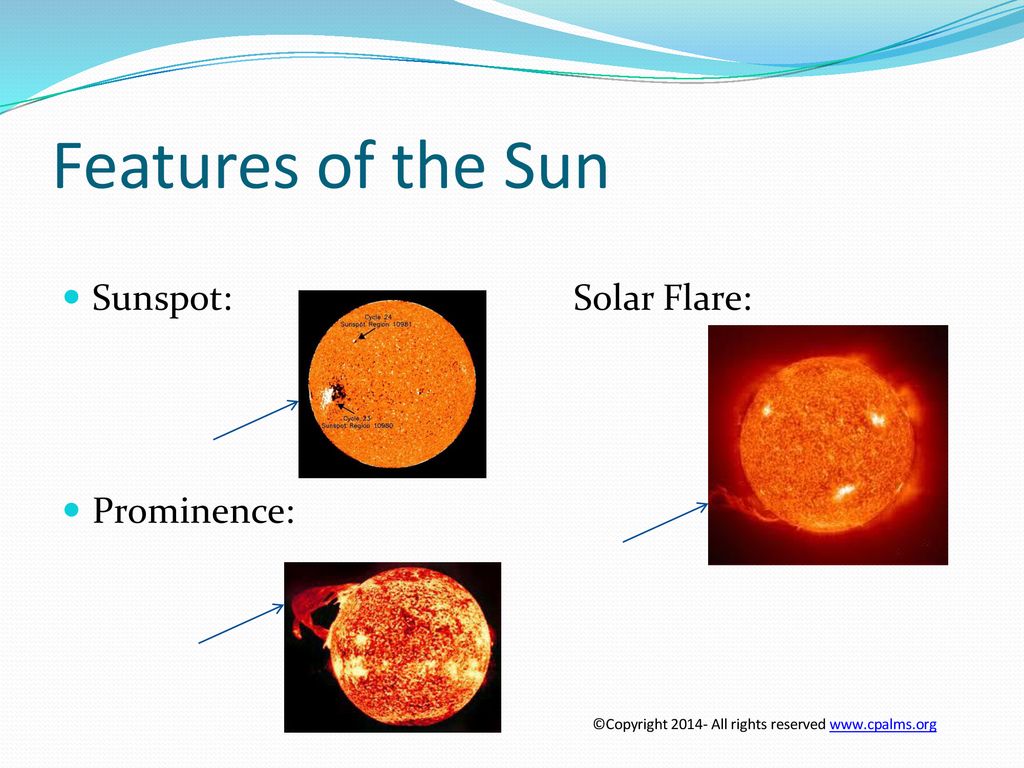
Kick Start Complete The 3 Question Kick Start Independently At Your Seat You Will Have 4 Minutes To Complete This Assignment Please Begin Immediately Independent Ppt Download

Ring Of Fire Space Pictures Solar Flare Astronomy
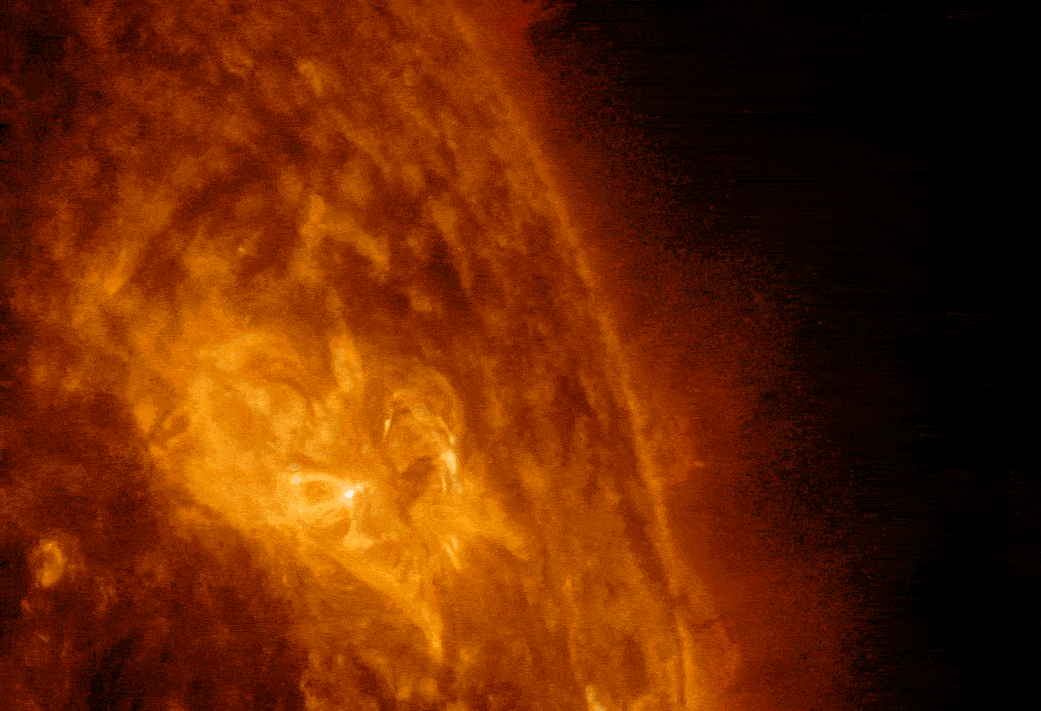
Sunspots And Solar Flares Nasa Space Place Nasa Science For Kids

Diagram Of Sun Diagram Sun Solar Flare

Solar Storm And Space Weather Frequently Asked Questions Solar Activity Solar System Exploration Solar Flare

Massive Sunspots And Solar Flares The Sun Has Gone Wrong And Scientists Don T Know Why Solar Flare Solar Energy Panels Solar Energy Diy

Nasa On Twitter Nasa Sun Solar Flare Astronomy

What Are Solar Cycles And How Do They Affect Weather Solar System Pictures Solar Flare Solar Activity

Solar Storms Flares Sunspots With The Bad Astronomer Phil Plait Video Solar Flare Solar Storm
Sun Slice Solar Flare Sun Sunspots

How The Sun Works Electric Universe Sun Solar System Solar System

What Are Solar Cycles And How Do They Affect Weather Sun Activity Solar Solar Flare

The Sun S Features Sunspots Solar Prominences And Solar Flares Howstuffworks Solar Flare Sunspots Solar
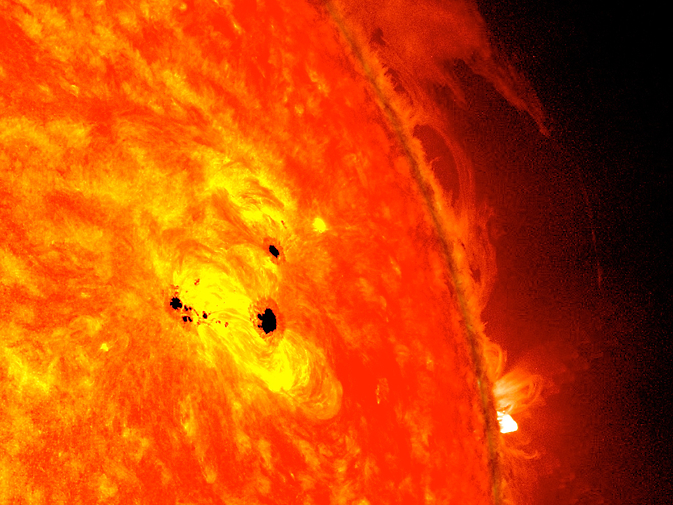
Sunspots And Solar Flares Nasa Space Place Nasa Science For Kids
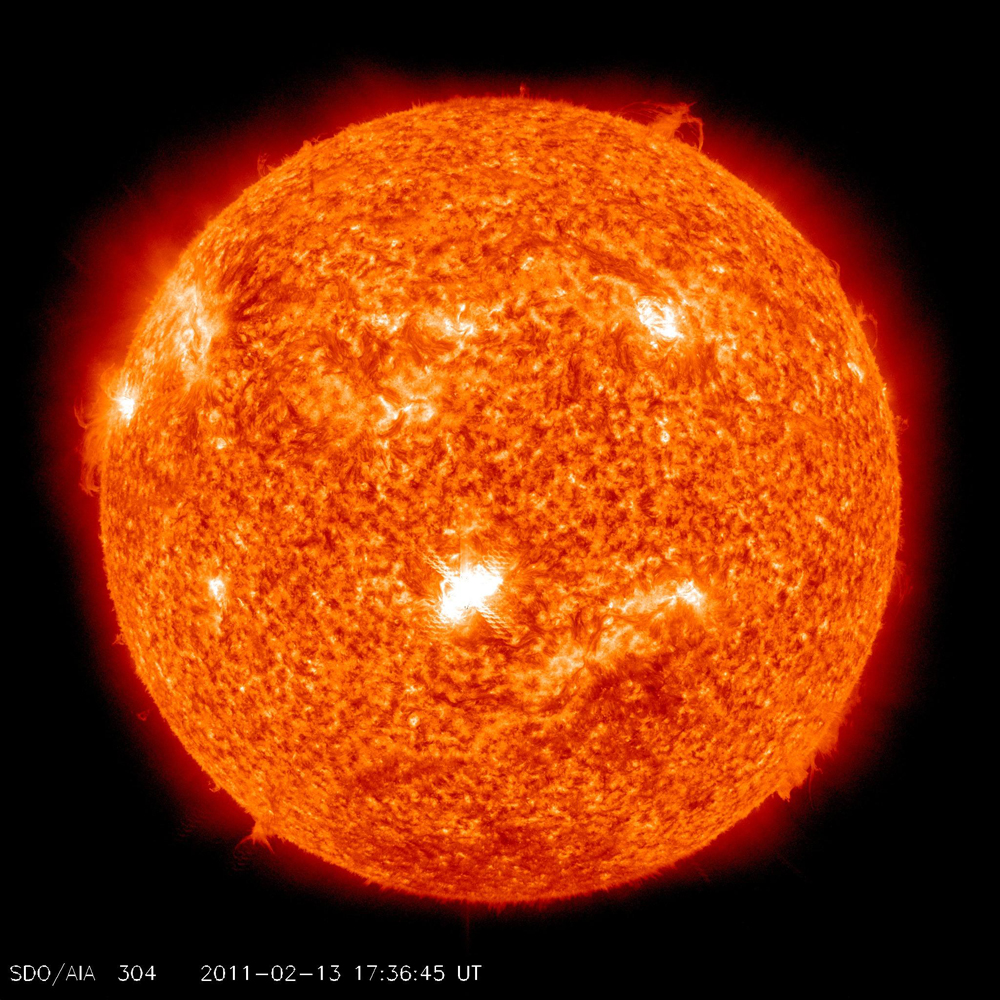
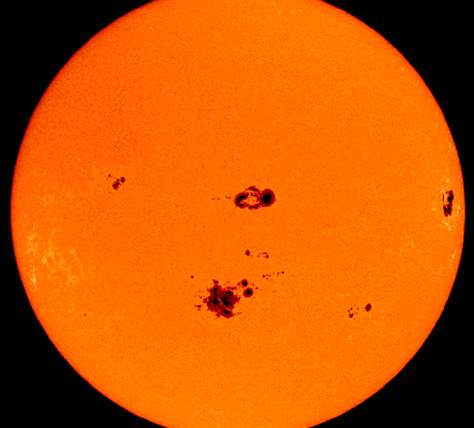


Comments
Post a Comment